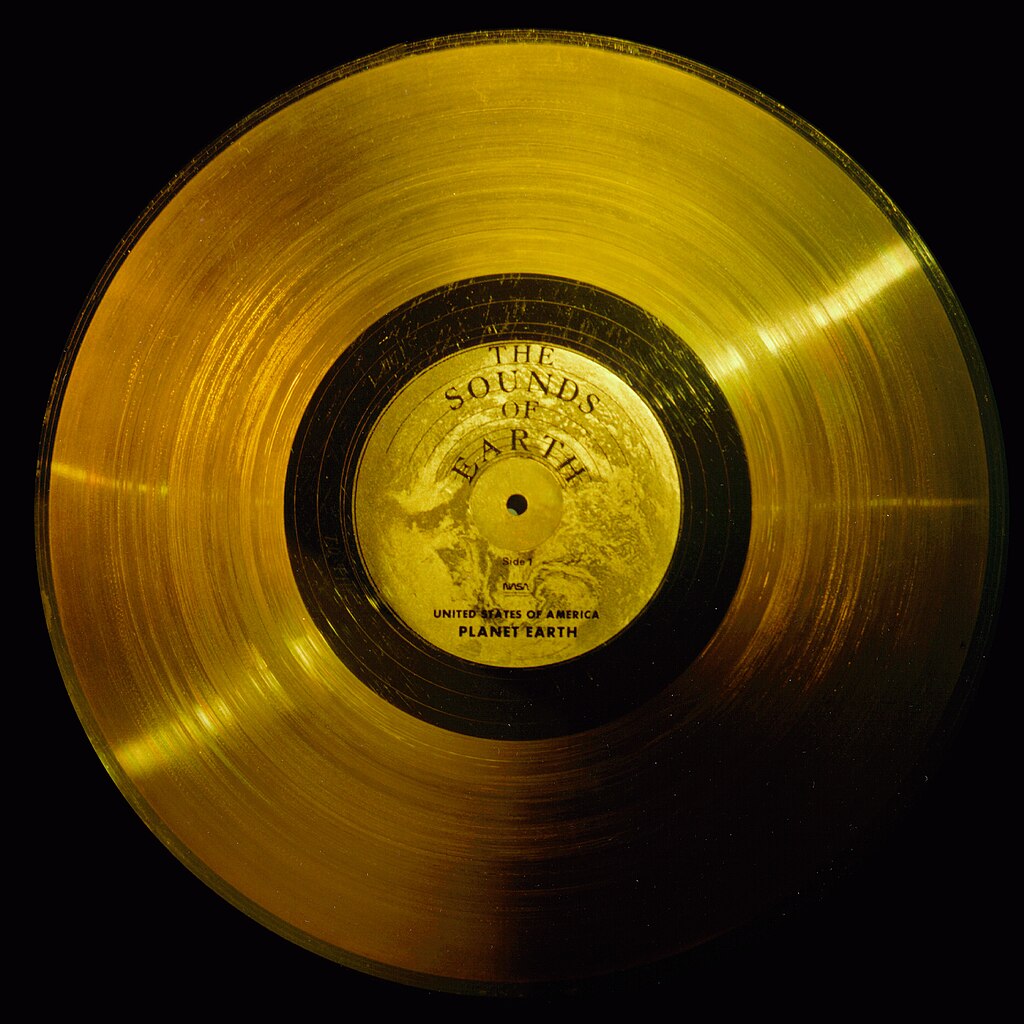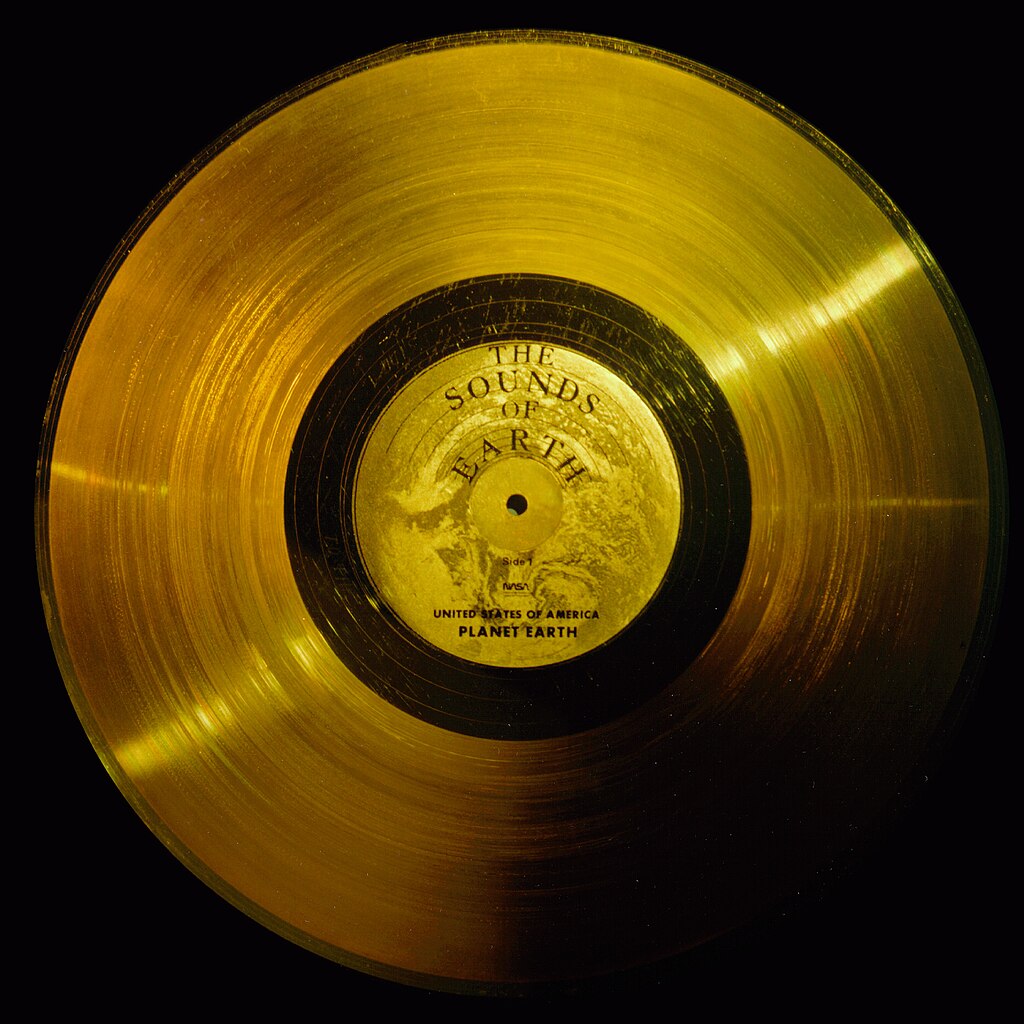Vinyl records have withstood the test of time, despite format wars, technological advancement, and even the digital streaming revolution. Whether you are a veteran vinyl collector or just finding your way in the world of vinyl, there is always something interesting to learn about these spinning discs of sound. Here are ten fun facts that will help you value your collection more than you already do!
1. Vinyl Records Have Been Around for Over a Century
Although we tend to associate vinyl with the mid-20th century, vinyl disc records have been around since 1888, when Emile Berliner invented the first flat disc records. Before that, Thomas Edison’s phonograph used wax cylinders!
 ( Phonograph Using Cylinders with Edith Irvine, 1905)
( Phonograph Using Cylinders with Edith Irvine, 1905)
(Thinking about buying a phonograph? Check out our guide to phonograph record players to help you choose the right one!)
2. The “33 1/3” Speed Wasn’t Originally for Music
The standard LP speed of 33 1/3 RPM was first introduced in the 1920s for the soundtracks of talking pictures. It was not until the 1940s that this speed was adopted for music and then we got the long playing (LP) record we are familiar with.

3. The World’s Best Selling Vinyl Album Might Surprise You
Modern rock royalty continues to top vinyl sales but the best-selling vinyl album of all time is Thriller by Michael Jackson, having shifted more than 30 million copies. Even in the current vinyl comeback, The Dark Side of the Moon by Pink Floyd and Abbey Road by The Beatles continue to be bestsellers.
4. It turns out some vinyl records can play for hours
Most LPs will play for about 22 minutes per side, but some records are much longer. In the 1930s, RCA Victor produced an experimental “longest-playing record” that contained more than 90 minutes of audio on one side!
(Want to play your records on a modern system? Check out A2D2 Stream, the best way to experience analog sound on digital speakers!)

5. The First Coloured Vinyl Wasn’t for Music
It may seem like a new trend, but the first coloured records were produced in the early 1900s not for music but for children’s stories and spoken word recordings. Nowadays, limited edition coloured vinyl is a dream come true for collectors!

(Dark Side of the Moon Clear Vinyl Recording)
6. Some Vinyl Records Can Be Played with a Needle and Paper
You do not have to have a turntable in order to listen to music from a record. If you know how to do it, you can make a simple sewing needle and a rolled-up piece of paper work as a phonograph to amplify the sound – although we wouldn’t recommend this for your best collection!
7. Vinyl Almost Went Extinct in the 2000s
By the early 2000s, vinyl was near extinction, with major labels releasing fewer records than ever. However, thanks to collectors, indie artists and a resurgence of interest in analogue sound, vinyl has made a spectacular return, with sales now exceeding CDs in many areas.
(Looking for the best places to buy vinyl? Check out our guides to the best vinyl record stores by area in London, Manchester, Birmingham, and Leeds!)
8. The First “Digital” Vinyl Easter Egg
Jack White’s album Lazaretto has set the Guinness World Record for the Most Features on a Vinyl Record, with hidden tracks under the label, playing at different speeds and even featuring a hologram that appears when you spin it!
9. The Largest Vinyl Records Ever Made
In 2012, Jack White of The White Stripes produced the biggest vinyl record in history then, a three meter wide version of Freedom at 21. It was fully functional and was played back with the help of a giant custom made turntable.
However, in 2014, Hotel California by the Eagles became the biggest 'record' ever made at 407 ft width, and spinning at 17 miles per hour on top of The Forum in Inglewood California but it is not fully functional like the Freedom piece. You can see it here.
10. Some Vinyl Can Last Over 100 Years
While CDs and digital files can degrade over time, if stored properly, vinyl records can last over a century and still sound as good as new. That is why collectors consider vinyl to be not only music, but an art that can be kept and enjoyed for generations.
(To preserve your vinyl collection for the future, try A2D2 Stream to listen to your records on today’s sound systems!)

Bonus: The Sound of Earth
Voyager Golden Record was launched by NASA in 1977, a 12-inch gold plated copper vinyl that contains sounds and music from Earth, greetings in 55 languages, whale songs, classical music, and even Chuck Berry’s “Johnny B. Goode,” designed to introduce humanity to any extraterrestrial life that might find it. It is the interstellar mixtape that is literally the farthest travelling vinyl record in the universe.

Final Spin: Why Vinyl Is Here to Stay
Vinyl records have come a long way from the early gramophones to the current collector’s editions. Whether you prefer the sound of an old LP or the clarity of a new press, one thing is for sure: Vinyl is not going away anytime soon.
Any other fun vinyl fact? Share it with us in the comments and let’s keep the record spinning!
Explore some of our related blogs here:
Record Store Day 2025: Special Vinyl Releases and Hackney Events
Spinning History: Rare Audio Recordings on Display in Museums
Spinning History: Rare 78 RPM Records on Display in Museums
The Biggest Audio Innovations of 2025
Before Podcasts: The Fascinating World of Educational Vinyl Records
Vinyl Art: When Music Meets Masterpiece
Vinyl Celebrations Around the World: Must-Know Events for Record Lovers
Notable Cassette Shops in Big Cities Around the World for Collectors
The Phonograph: A Journey Through Sound and Time
The Intersection of Music and Gaming: From Soundtracks to Musical Playing Cards
Moriz Jung: The Artist Who Captured the Magic of Early Phonographs
Vinyl Visions: How Peter Doig’s 'House of Music' Turns Art into Sound


